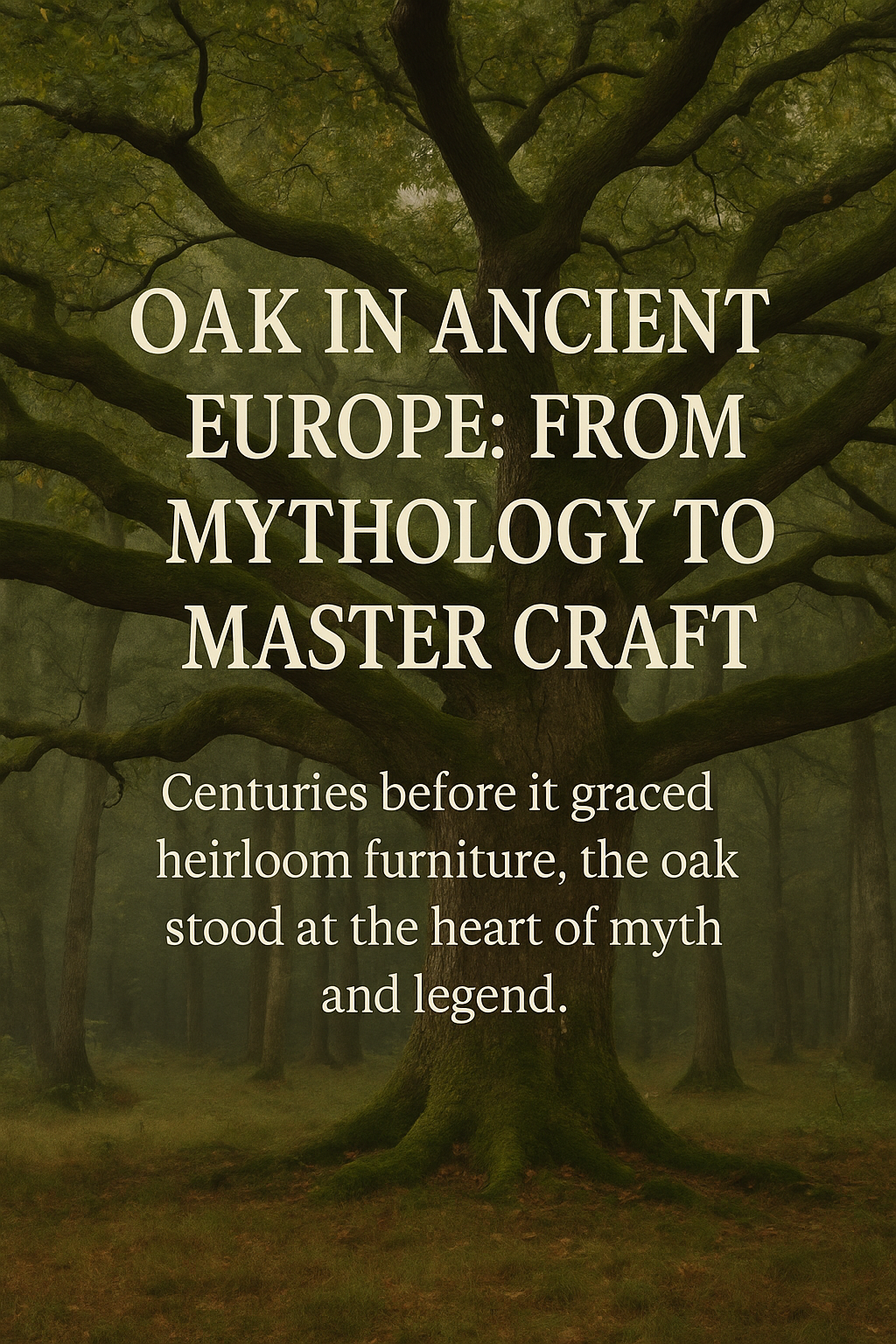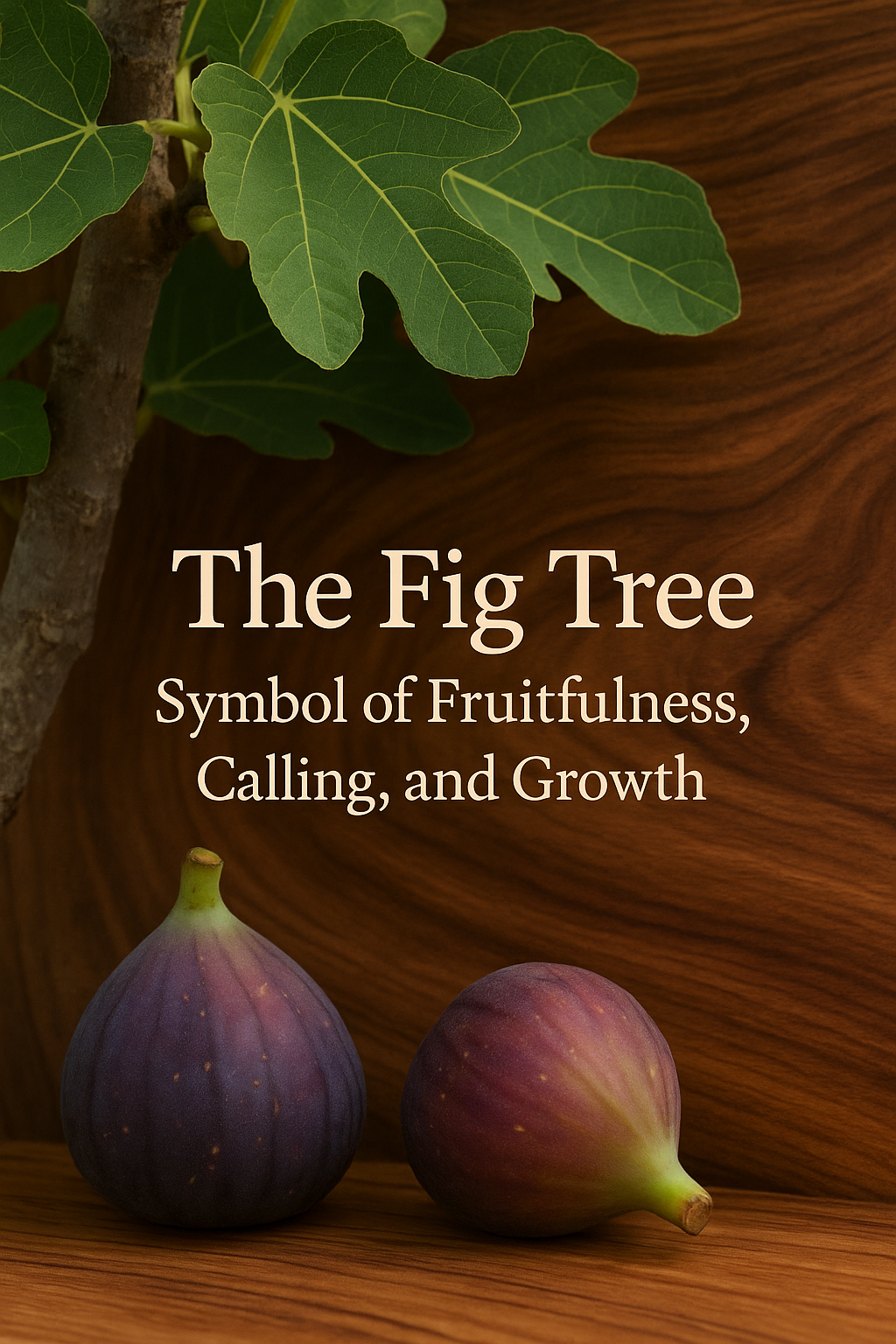If there is any tree that seems to stand with its shoulders back and its chin up, it’s the oak. Strong. Rooted. Unmoved. Ancient Europe knew this well—so well, in fact, that entire legends, kingdoms, and crafts rose (and fell) under its branches.
Today, we carve it, plane it, shape it, sand it, and bring it into our homes. But long before oak became the backbone of heirloom furniture and shipbuilding, it stood at the center of myth, ritual, and culture. If maple feels friendly and walnut feels refined—oak feels royal.
Let’s walk through the forests of ancient Europe for a minute and see just how deep its story goes.
A Tree That Held Up the Heavens
Across ancient Europe, oak wasn’t just a tree—it was a symbol of authority.
In Greek mythology
The Greeks believed Zeus himself spoke through the rustling leaves of the sacred oak at Dodona, the oldest known oracle. Priests interpreted divine messages by listening to the creaks of branches and the clatter of leaves in the wind.
The oak wasn’t just a symbol of Zeus—it was his voice.
In Norse mythology
The Vikings associated oak with Thor—the god of thunder, storms, and protection. Many believed lightning struck oaks more than other trees because the gods favored them.
Oak became the tree you built with, prayed beneath, and sheltered under when the storms came.
In Celtic tradition
The word “Druid” may even come from an ancient root meaning “oak-knower” or “oak-seer.”
To the Celts, the oak represented:
-
Strength
-
Endurance
-
Wisdom
-
Protection
Entire ceremonies were held under oak canopies because the tree was believed to connect earth and heaven.
A Tree Built for Battle and Glory
After myth came mastery.
Ancient Europeans quickly discovered what woodworkers still know today: oak is almost stubbornly strong. It’s dense, slow to decay, and excellent at resisting moisture.
That made it the perfect material for:
Weapons
Clubs, shields, spear shafts—oak was the go-to. If you were headed into battle, you wanted oak in your hand.
Ships
From Viking longships slicing through freezing seas to medieval warships crossing the Channel, oak was the backbone of naval power. Entire kingdoms rose on the strength of oak forests.
Fortresses & Great Halls
If a leader wanted to show power, they built with oak. Some surviving medieval structures still stand today, their beams as solid as the day they were set.
Oak wasn’t just wood—it was reputation.
A Tree That Built the Heart of a Home
When civilization moved from myth to craft, oak followed.
Throughout Europe, oak became the preferred wood for:
-
Long-lasting tables
-
Carved thrones
-
Barrel-making (for wine, brandy, whiskey)
-
Doors and archways
-
Highly detailed wood carvings
Remember those breathtaking cathedral doors in Europe?
Oak.
The oldest barrels still aging wine?
Oak.
Heirloom furniture that has survived centuries?
You can guess.
Oak became the material of permanence. When a family built a table from oak, they weren’t building for the moment—they were building for generations.
Oak’s Personality in Woodworking Today
As a woodworker, I’ve always felt oak has a certain honesty to it. The grain is bold—almost unapologetic. It’s a wood that doesn’t shrink into the background. Even today, oak carries this ancient weight with it.
Whether it becomes a table top, a journal cover, a serving board, or a keepsake box, the piece always feels like it belongs in a story. Maybe that’s why oak is still one of the most requested woods in modern woodworking—it holds the memory of a thousand years of craftsmanship.
People might not always know why, but they feel it.
Oak has presence.
Why Oak Matters at Hedges Woodcraft
Part of my joy in woodworking is honoring the woods themselves—their histories, their character, their legacy.
When I shape a piece of oak, I’m holding a material that ancient kings prayed under, warriors trusted, and artisans revered. It’s a reminder that our work today is part of a much longer story—one written in the rings of the tree long before my hands ever touched it.
Oak reminds me that every handcrafted piece isn’t just useful…
it’s meaningful.
And that’s the heart of what we do at Hedges Woodcraft:
we turn the stories of trees into the stories our customers pass down.






Leave a comment
This site is protected by hCaptcha and the hCaptcha Privacy Policy and Terms of Service apply.